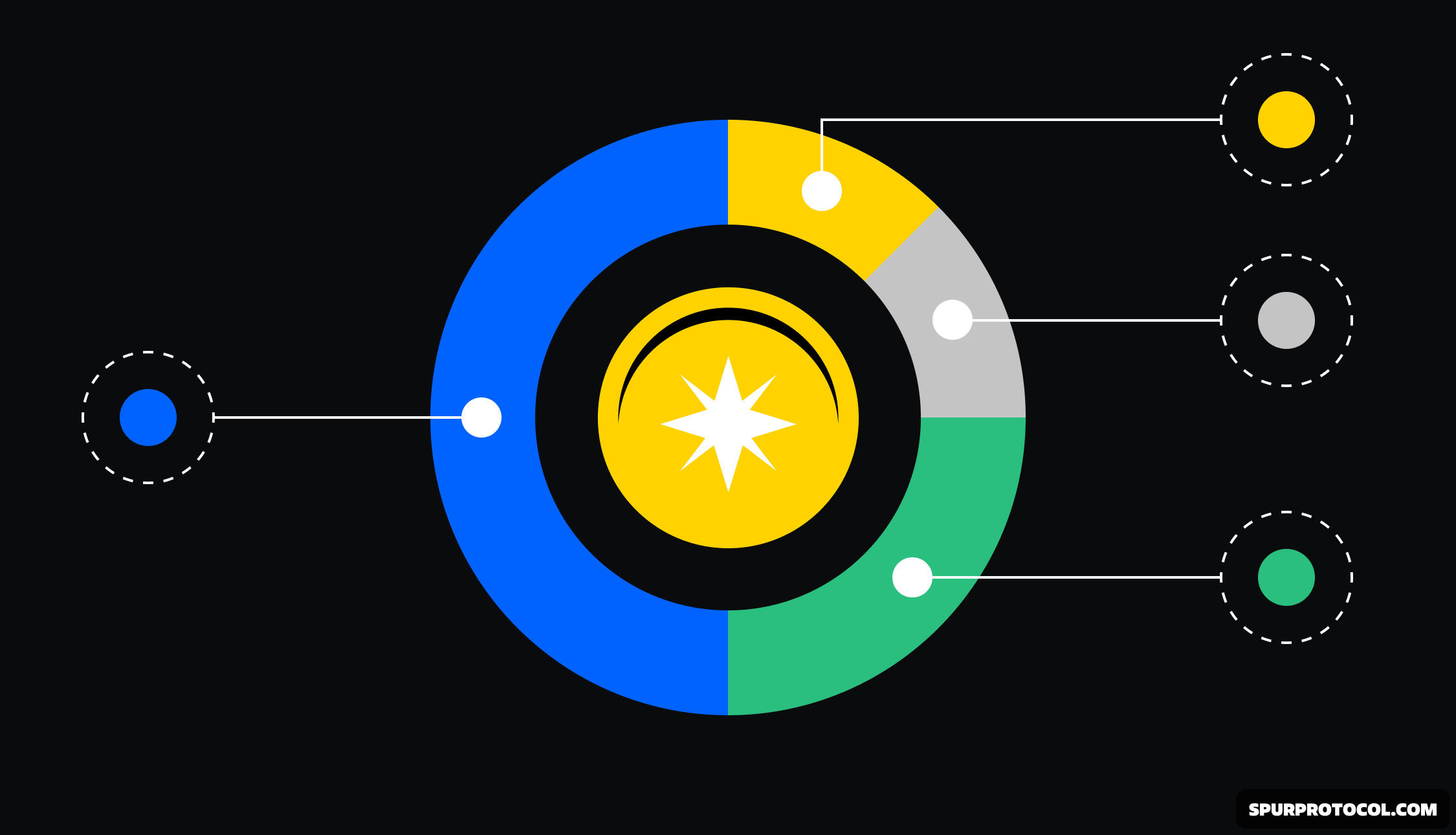Understanding the building blocks of blockchain technology.
1. Smart Contracts: Automating Agreements
What Are Smart Contracts?
Smart contracts are self-executing agreements with the terms of the contract directly written into code. They run on blockchain networks, ensuring transparency, security, and automation.
How They Work
- Smart contracts execute actions automatically when predefined conditions are met.
- For example, a smart contract can release payment for a service once it confirms its completion.
Benefits
- Automation: Eliminates intermediaries by automating processes.
- Transparency: All terms and transactions are visible on the blockchain.
- Security: Tamper-proof due to blockchain’s immutable nature.
Use Cases
- Finance: Automating loans, insurance payouts, and crowdfunding.
- Supply Chain: Tracking goods and ensuring timely payments.
- Real Estate: Facilitating property transactions without intermediaries.
2. Decentralized Applications (dApps): Revolutionizing Software
What Are dApps?
dApps are software applications that run on decentralized networks like Ethereum, instead of centralized servers.
Characteristics of dApps
- Decentralized: Operates on blockchain technology.
- Open Source: Its codebase is publicly available for transparency and collaboration.
- Tokenized: Often powered by tokens for governance or utility.
Benefits
- Censorship Resistance: No central authority can restrict or shut them down.
- Enhanced Security: Distributed architecture reduces vulnerability to attacks.
- Interoperability: Seamlessly integrates with other blockchain-based solutions.
Popular dApp Categories
- Finance (DeFi): Lending, trading, and yield farming platforms.
- Gaming: Blockchain-based games that reward players with crypto assets.
- Social Media: Decentralized platforms that reward content creators.
3. Tokenomics: Designing Blockchain Economies
What Is Tokenomics?
Tokenomics refers to the economic framework behind cryptocurrencies and tokens. It encompasses token creation, distribution, and management to incentivize network participation and ensure sustainability.
Key Components
- Token Supply: Can be capped (Bitcoin) or inflationary (Ethereum).
- Utility: Tokens serve specific purposes, such as accessing services or voting on governance proposals.
- Incentives: Rewards for contributing to the network, like mining or staking.
Types of Tokens
- Utility Tokens: Used to access products or services within a blockchain ecosystem (e.g., ETH on Ethereum).
- Security Tokens: Represent real-world assets like stocks or bonds.
- Governance Tokens: Allow holders to vote on protocol changes (e.g., UNI for Uniswap).
Importance of Tokenomics
Effective tokenomics ensures a balanced and thriving ecosystem by incentivizing participants, maintaining scarcity, and supporting long-term growth.
Conclusion
Smart contracts, dApps, and tokenomics are transformative components of blockchain technology. They automate processes, decentralize applications, and establish robust economic frameworks. Together, they are not only redefining industries but also empowering individuals to participate in the new digital economy.
